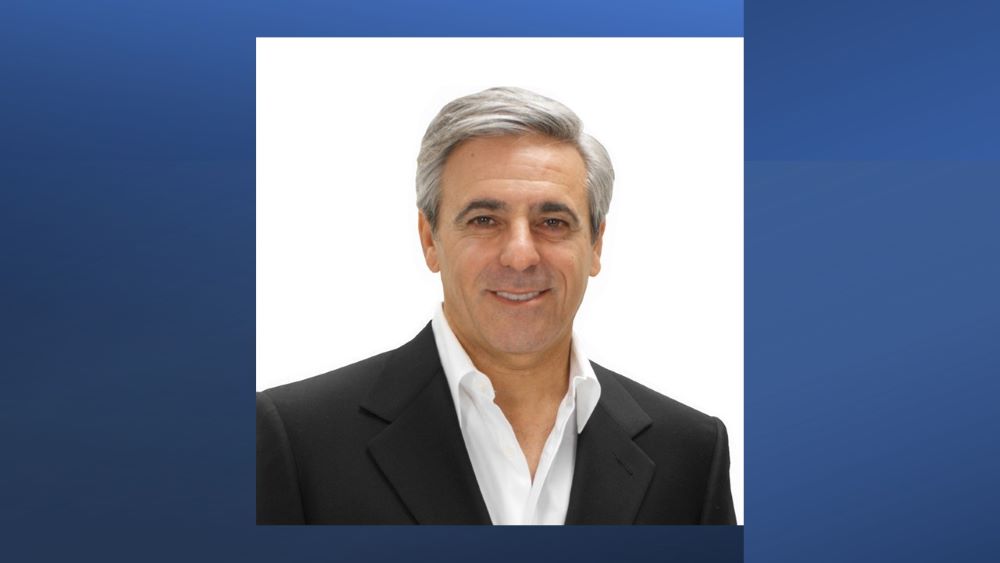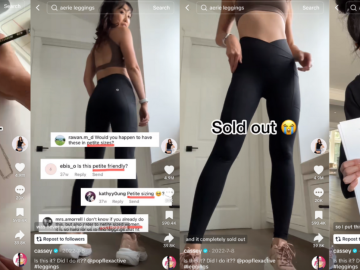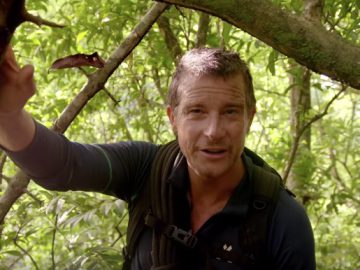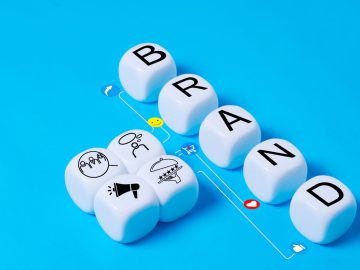Mitchell Gold + Bob Williams, which Mitchell Gold co-founded in 1989 with his partner, Bob Williams, filed for bankruptcy in August last year but later received a lifeline when Surya purchased the company’s IP in November. Gold is currently consulting for Surya as the Mitchell Gold + Bob Williams brand prepares to re-launch this fall. In an expansive interview, Gold spoke about his passion for creating high-quality, American-made furniture; how his personal values have shaped his business; and how it feels to build his brand back.
The industry was devastated when the company folded last year. What is your hope for the future of the company?
Let me just say that the closing of the company was traumatic for me and too many others. In July 2019, we brought on a new CEO, CFO, outside board member and the Private Equity partner became more controlling. We felt the new people were qualified to take the company into the future and keep its heritage. But then, Holy Toledo! We saw that executive turnover was way too high and operating inventory grew out of control. I raised those concerns to the board and was told to be supportive by keeping quiet. It was like watching a glass of milk spill! Honestly, it was really traumatic. At the last minute, Surya people came on and threw us a lifeline. I spoke with Satya Tiwari (Surya CEO) and the company’s CFO, and they asked if I wanted to come on board as CEO. But I said no since I was past that point and wanted young blood. Surya was the bidder that wanted to keep the heritage and integrity of the brand as a fashion-forward, high-end, prestige brand. We worked out a great arrangement. My focus right now is on hiring a head of design. We want someone who can bring back the magic of Bob and myself. We are working on creating new products and fabrics. The bankruptcy was horrible but now we’re back building again. It’s so exciting! Everyone I run into, even our former competitors, has given us such positive feedback. We are relaunching the brand this fall, hiring people who worked for us before and it’s an exhilarating time. Satya has a brilliant vision, believes in great customer service and compelling product and wants to build a brand with a personality as we are so well known for.
Did you and Bob Williams set out to disrupt the furniture industry when you launched in 1989?
We did not know what the word disrupt meant. One of the reasons that Bob and I started the company is that many of the bigger companies just didn’t care about their employees or customers. It was so great to start the company with Bob. He had good values and is a sweet, caring person. We were in sync. I wrote our mission statement on a plane on my way to L.A. and it included our desire to challenge the “old ways of the furniture business” which repeatedly led to new ways of thinking for our partners and ourselves. We bought into a family company that existed in Taylorsville, N.C. The son was running the company, but his heart wasn’t in it, so we bought the family out at their request. We decided to create a business where our employees would feel at home, so we installed Bunn coffeemakers throughout the factory, added good lighting, and were one of the first factories to install air conditioning. We decided we wanted to ship in 21 days, so we learned how to accomplish that. We decided to focus on upholstered dining chairs since there was a void in the market and it was a way to introduce ourselves. I knew the people at Levitt’s, JCPenney and Crate & Barrel, so in a week we sold 5,000 dining chairs and 800 new tables.
Why is the idea of ‘comfort’ so important to your brand?
Back in 1989, when you looked at a sofa, it wasn’t romanced. I soon discovered that I had a sixth sense about what people might like. I am not good at a lot of things. But I had a sense of how people wanted to live. People wanted to have furniture that’s beautiful and comfortable. In the fall of 1989, no one talked about comfort. Both I and Bob grew up in homes with uncomfortable furniture. But we knew comfort was crucial, so we started putting extra cushioning on sofa arms and in the corners to help convey the importance of a more comfortable setting. We put a true focus on comfort.
Your company put a focus on the environment and sustainability before it was mainstream. What led to this decision?
I was in college when the very first Earth Day happened, and it greatly impacted me. Then, I was flying to L.A. in the 70s and the haze over the city was weird. I learned it was air pollution. Right after we started the business, I read an article in the New York Times about the ozone layer being depleted. At this time, we learned about a new water-based cushion that didn’t offset any CFCs. We spent a few more pennies but it was worth it. We began to use plywood frames from quick regrowth forests. Once, there was a couple shopping with their son and he said about our product, “We have to buy that. Our teacher said we had to protect the environment.” We offered a selection of exciting fabrics. We became aware of the Sustainable Furnishings Council and learned about the importance of recycling and other processes to save the environment and developed several extraordinarily comfortable cushions.
MG + BW was well known for taking care of its employees. What led to the still somewhat unusual effort to give back to them in so many ways?
Each decision was triggered by something happening that needed to be corrected. We had an office manager who seemed distracted after 4:30 p.m. I asked why, and she said she had to pick up her son at a certain time or be charged extra. We learned of a nearby hosiery mill that had childcare and we decided to set this up for our company. In our previous jobs, the cafeterias all had crappy food that led us to put on weight. So, we decided to hire a chef. He wanted to have a weekday job so he could spend time with his family. He worked with us for 18 years. We realized people were leaving for hours for doctor’s appointments, so we started an on-site medical facility. Not only were these good for employees but they were also good business decisions. Our employees were happy, so they provided good customer service. Happy employees lead to good customers.
You are an outspoken advocate for gay youth. Do you feel like things have improved for LGBTQ youth? How did your own growing up experiences shape your advocacy?
I realized I was gay when I was 11 years old, and I was excited to see the TV character of Dr. Kildare since he was cute. I started my journey in the 1960s when it was against the law, considered a mental disorder until 1973 and a sin in my religion. Once when I was in college my dad saw my anxiety level and suggested I visit a psychiatrist. I went in and told him I was gay, and he needed to change me. But the doctor told me he could help me to live and love myself. These primitive religious teachings about the sinfulness of being gay have barbaric consequences. I came out when I was living in New York in the 1980s. Then I moved down South. I didn’t hide the fact that I was gay. My boss had a dinner for executives and their spouses and asked me not to invite Bob since it made his wife uncomfortable. That’s when I started to get involved in gay advocacy. I felt that not one more kid should go through what I did. I believe that for many people, it is better. But for many others, it is not. I am now a big supporter of the Ali Forney Center in New York, a shelter for LGBTQ+kids that houses up to 2,200 kids a year. At least 40 percent of those kids are homeless LGBTQ+ teens from around the country who were kicked out of their non-accepting households. Recently, Alexander County, N.C., started its first Gay/Straight Alliance. I spoke at the meeting and shared that I knew a guy who was gay and almost killed himself during his teen years, but he eventually owned a factory and ended up financing the local soccer field and football stadium scoreboard. That guy was me. I wrote a book called, Crisis: 40 Stories Revealing the Personal, Social, and Religious Pain and Trauma of Growing Up Gay in America. I sent out notes to people that I knew, Hollywood people, politicians, and PR people and we ended up with 40 very personal stories.
You started a personal consulting company in 2020, how did you come up with the name?
After semi-retiring and having time to think more clearly sans the everyday pressures of running a business, I realized that hindsight is 20/20 so I named my business Hindsight Forward. I got to look back more clearly and I love the idea of sharing my successes and failures in an effort to help a person or a company not make the same mistakes and maximize on successes.
What accomplishment are you most proud of?
I want two things on my gravestone. First is the book to help gay youth. We printed about 32,000 copies and I gave most of them away and made no money. I gave Jill Biden and eventually Joe Biden copies of the book. Soon after, Biden was on Meet the Press and came out in support of gay marriage. The Bidens said that reading my book really affected them. It was able to touch so many people on a grassroots level. That will be my biggest accomplishment.
I am equally proud of adding childcare facilities at our factory and I know that many other factories have onsite childcare now as well. I am also of course proud of creating the Mitchell Gold + Bob Williams brand. Looking back, I am very proud, and I see good, exciting things for the brand in the future, too.
Just for fun:
- How did you earn your first paycheck?
Mowing people’s lawns. I wanted my own money.
- What is something you wish you could do better?
Read faster. I usually listen to an audiobook, then buy it.
I love my incredibly sweet Handi-Capable dog, name L.C. for “Little Champ”.
- What are you currently reading or streaming?
Making Room by Carl Siciliano, founder of the Ali Forney Center. It’s unbelievable to me that we still have this many homeless LGBTQ kids. I also have a graduate degree in law from watching Law & Order so much…




